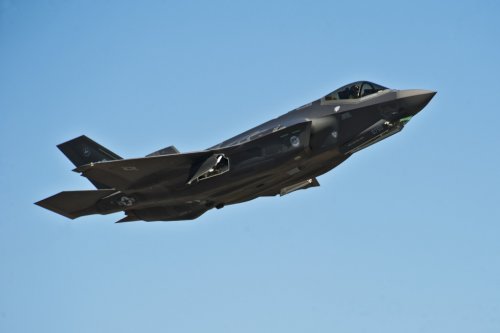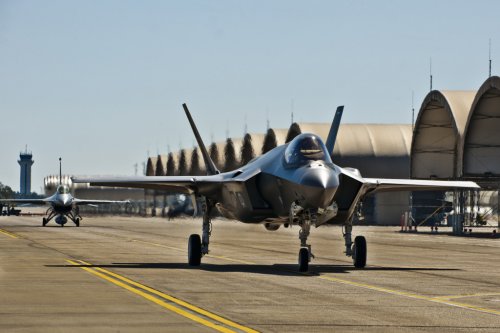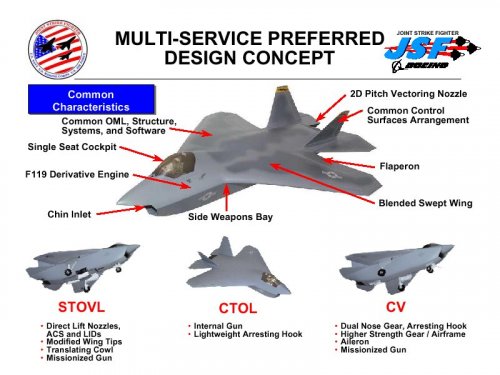TaiidanTomcat
"A wretched hive of scum and villainy."
- Joined
- 19 July 2011
- Messages
- 857
- Reaction score
- 67
kulus said:Pentagon Relaxes Two F-35 Perfomance Targets
http://www.defense-aerospace.com/articles-view/release/3/133255/pentagon-relaxes-f_35-performance-targets.html
Strange way to achieve perfomance targets
The U.S. Air Force’s top uniformed officer played down changes to the F-35 Joint Strike Fighter’s requirements that allow the multibillion-dollar jet to meet flight test goals.
Gen. Norton Schwartz, the Air Force chief of staff, told members of the House Appropriations defense subcommittee that reducing the combat radius of the F-35A by five miles is more cost-effective than modifying the fighter to meet performance goals set a decade ago.
“The difference between the key performance parameter for distance versus the estimate for performance is five miles,” Schwartz said at the March 6 hearing. “The question to me is: How much do we want to invest in order to recover that five-mile margin? It was a judgment call and I think not an unreasonable one.”
Last week, InsideDefense.com reported that the Pentagon had shortened the combat radius requirements for the F-35A, the Air Force version of the fighter jet. The website also reported that DoD officials had increased the take-off length of the of the F-35B, the Marine Corps version.
http://www.defensenews.com/article/20120306/DEFREG02/303060008/Schwartz-Defends-Reduced-Combat-Radius-F-35





